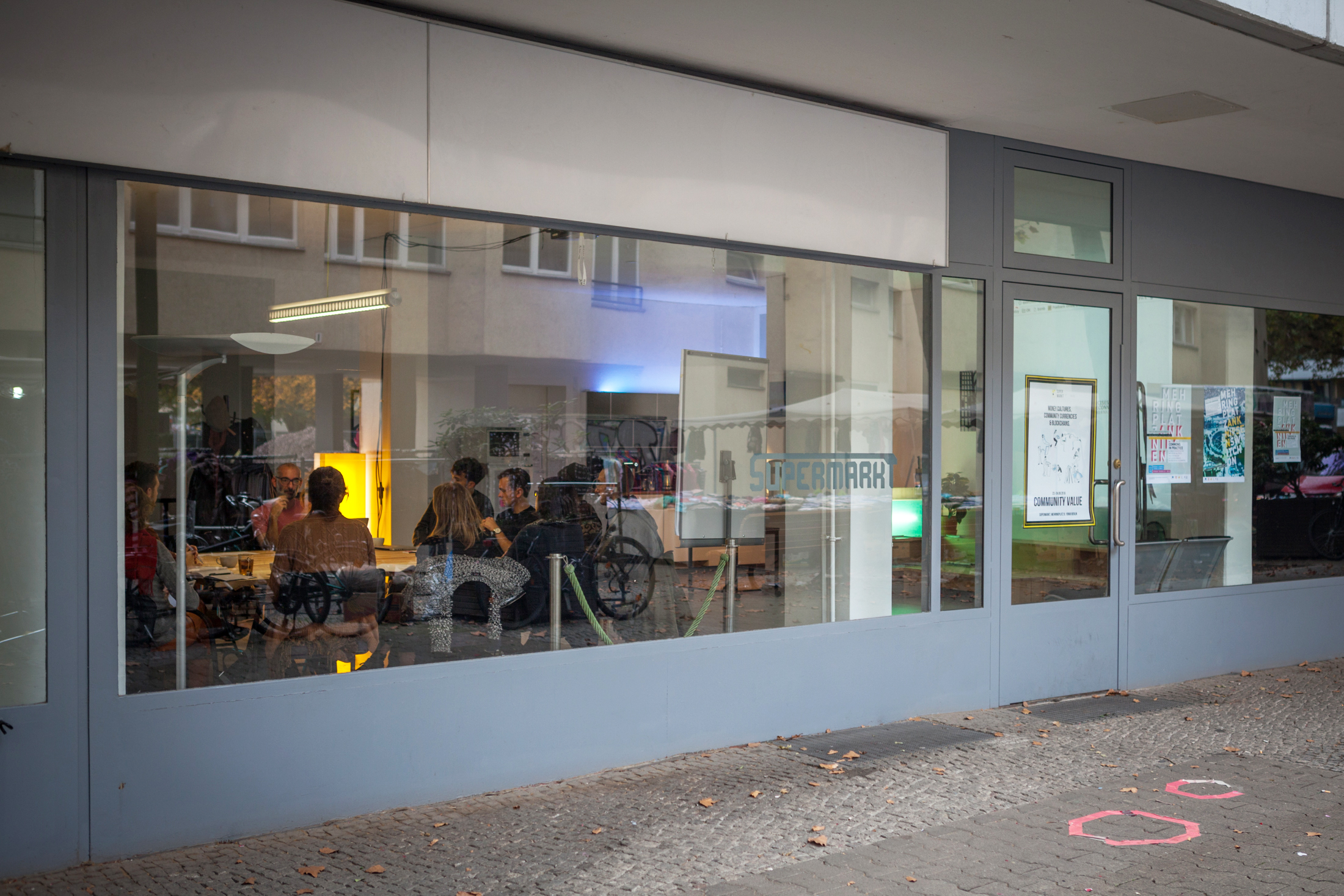
The first Urban Reconnaissance Lab of the EULER - Switch On Mehringplatz program took place on October 27, dedicated to the exercise City of Commons. The workshop has been introduced by a talk by Silke Helfrich on Tuesday the 26th tackling the "Commons in Practice". Her presentation has been centred on the Venezuelan experience of Cecocesola, providing an inspiring prelude to discuss what an urban commons is in practice, how can we employ this concept in the specific local context we are situated, and how commons can provide alternative models for economic development and community organising. The workshop started as usual with the explanation of the Urban Reconnaissance methodology and website. We therefore read together the definition City of Commons and all the definitions that are interlinked to it, recalling the variety of social, political, procedural, technical and philosophical implications of the idea of urban commons.
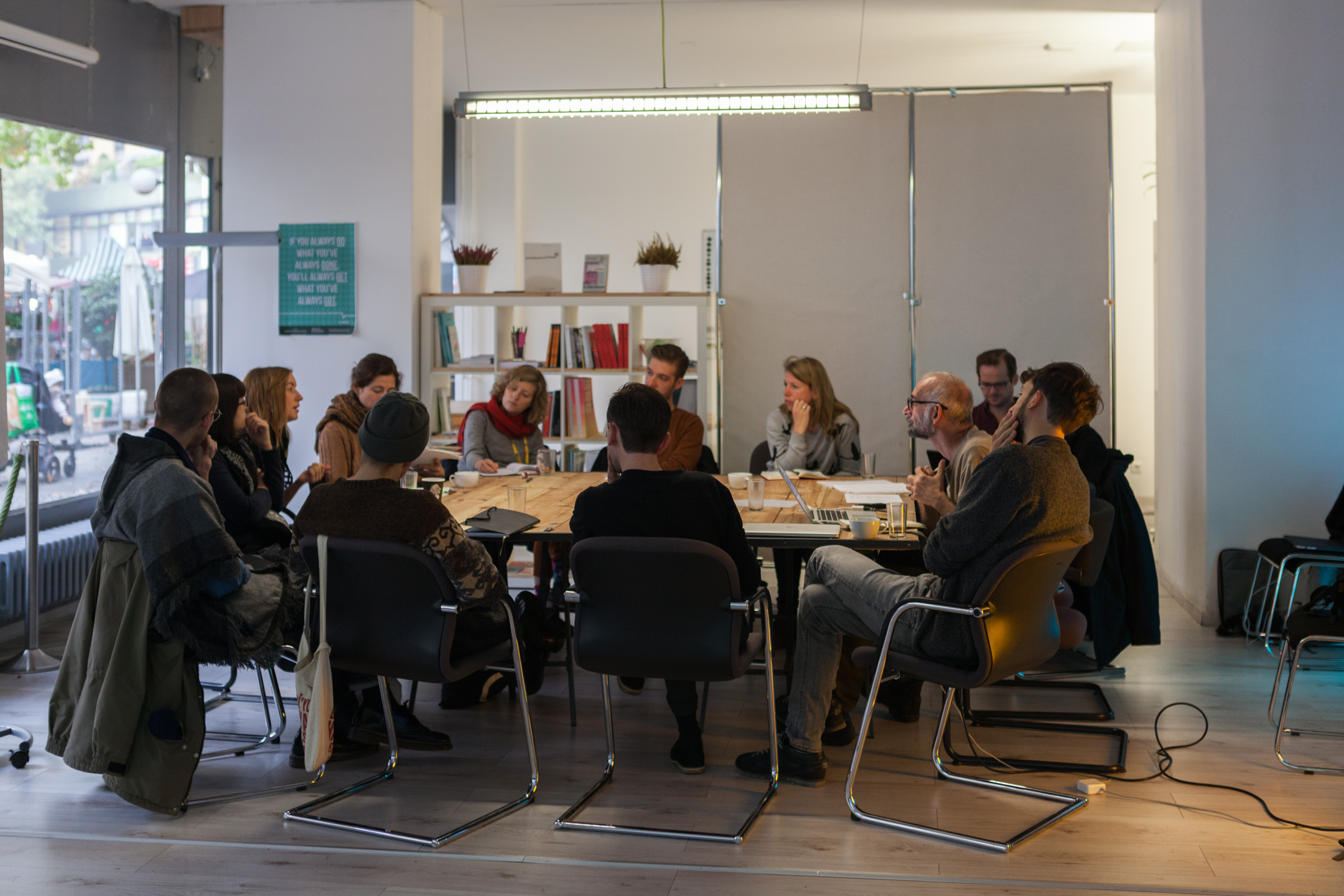
Therefore we asked the participants to shortly introduce themselves, to motivate their interest on the topic and to select an exercise among the 64 that could better support their personal perspective or approach. The result was quite variegated.
Georg chose City of Knowledge.
Hanka City of Culture
Louis Commodified / Contested City
Oona Possible City
Anja Neglected City
Katy Spontaneous City
Marta Latent City
Ben Surveilled City
Frederik Power City
Shawn Public City
Daniele City of Memory
Manuela Inhabited City
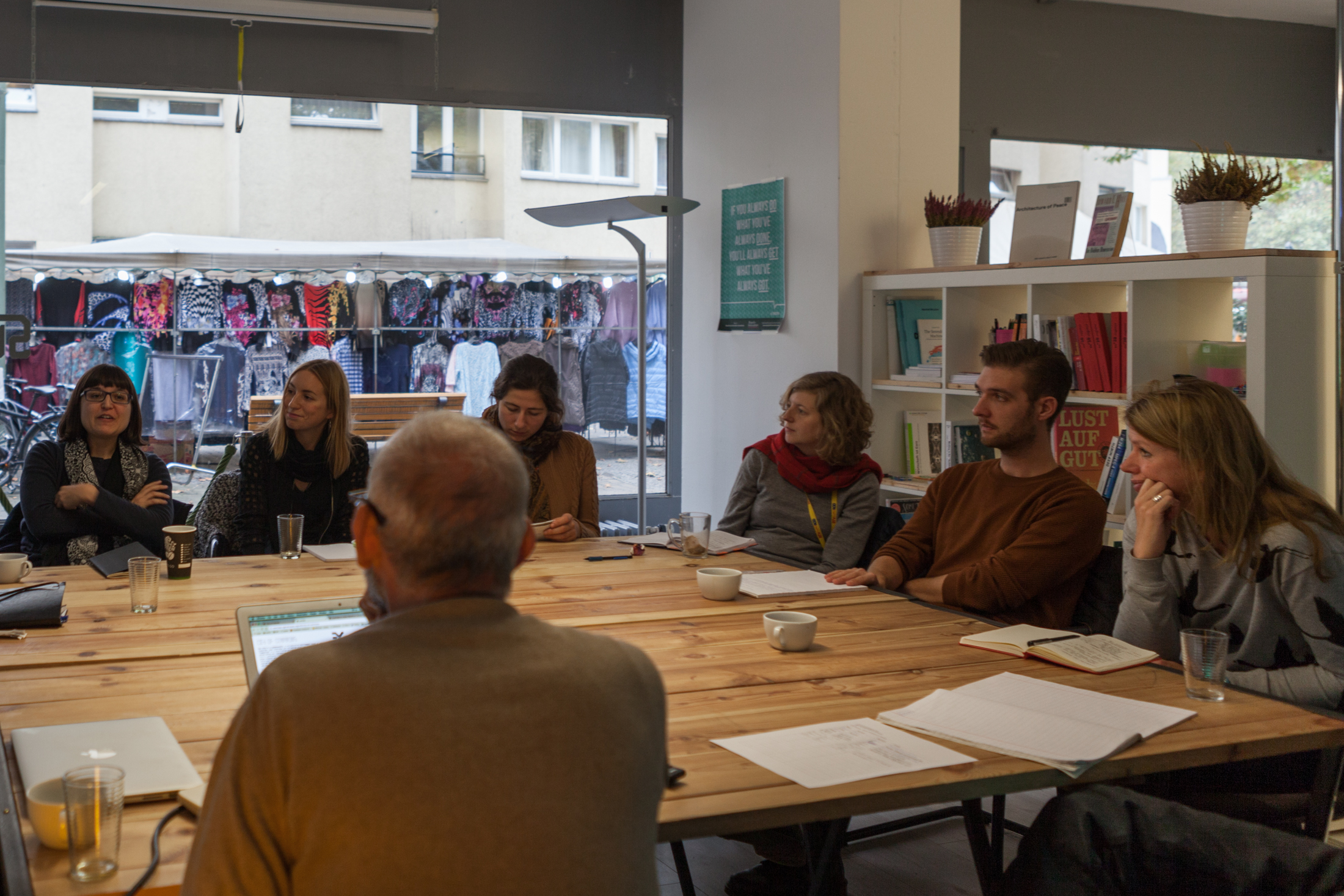
In the second step, we started our exploration with a round walk of Mehringplatz. Like a compass to orientate ourselves into Berlin's geography, we identified several goals for a possible exploration. We pointed to such directions like the Northern axis of Friedrichstraße, which connects Mehringplatz with the very middle of the city, the diverging axis pointing to Potsdamer platz, the Ufer following the Landwehrkanal, the south axis going towards Tempelhoferfeld, the south-east direction leading towards Kreuzberg and Neukolln, the diagonal line connecting north-east to Kottbusser tor, Prinzessinengarten, the Jewish Museum and the areas of cultural redevelopment north of Mehringplatz... ... we used the "Rondell" as a launching pad to let the participants spin off for an individual wanderung / reflection on the city as a commons. We asked them to be back in three hours to report back their findings.
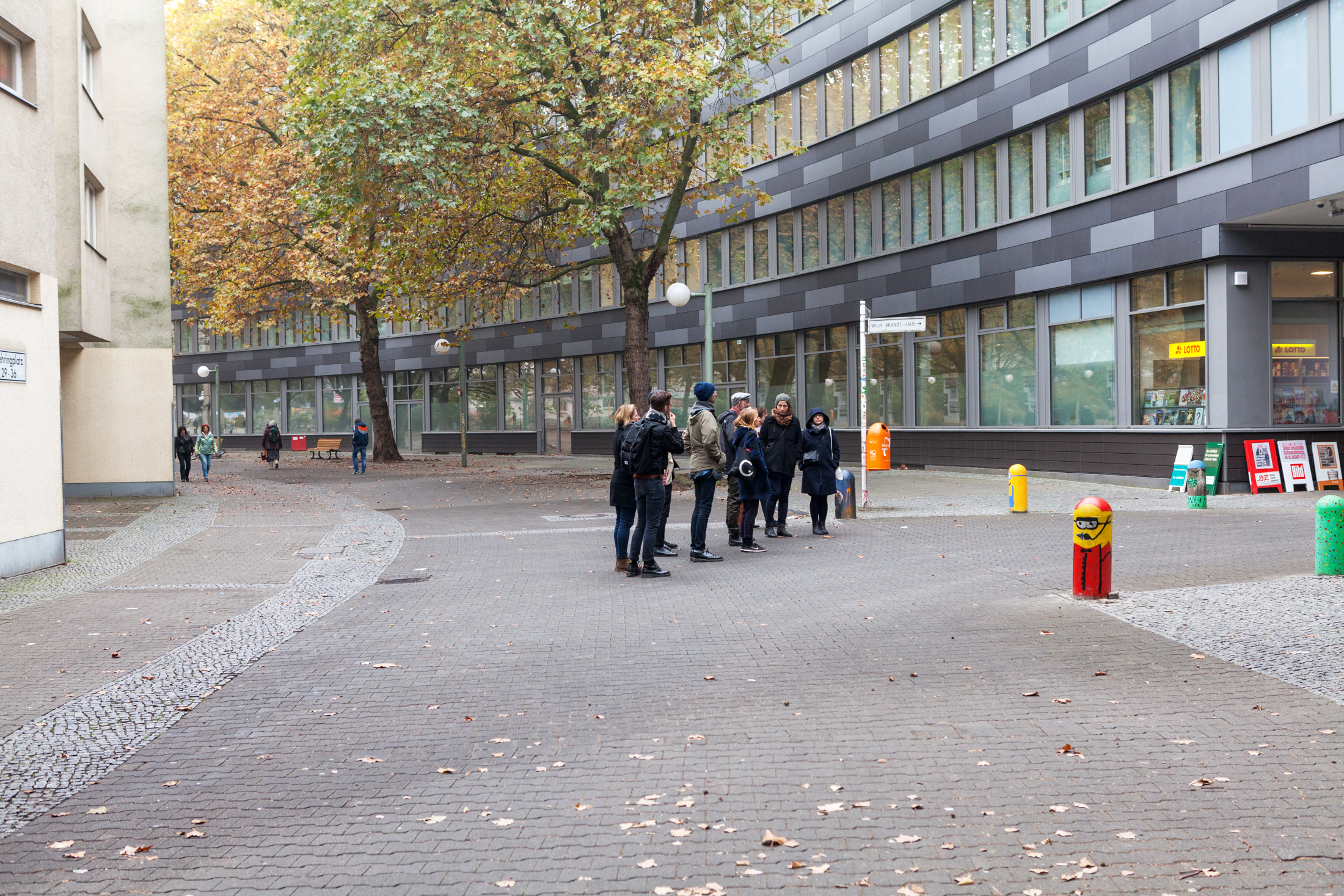
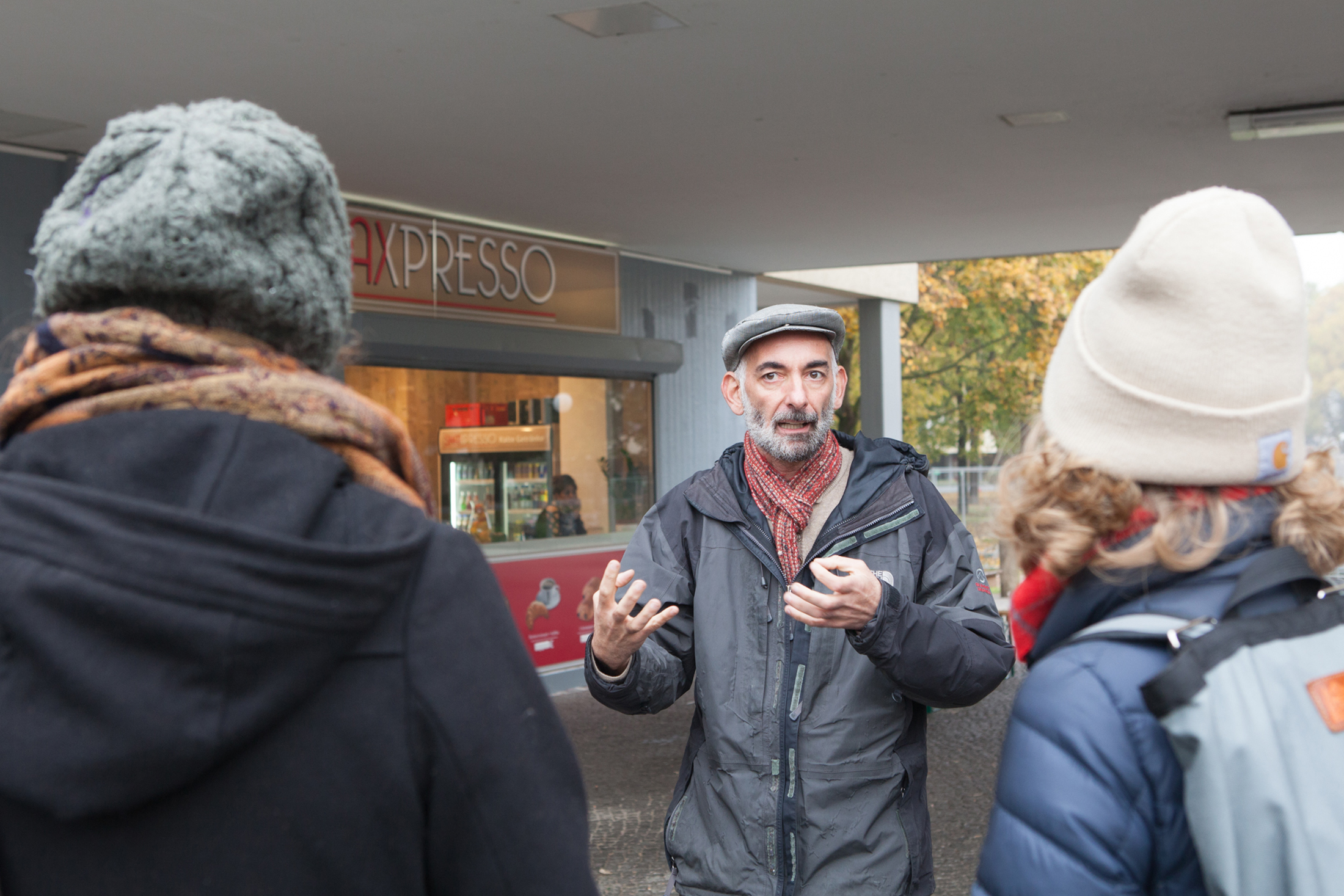
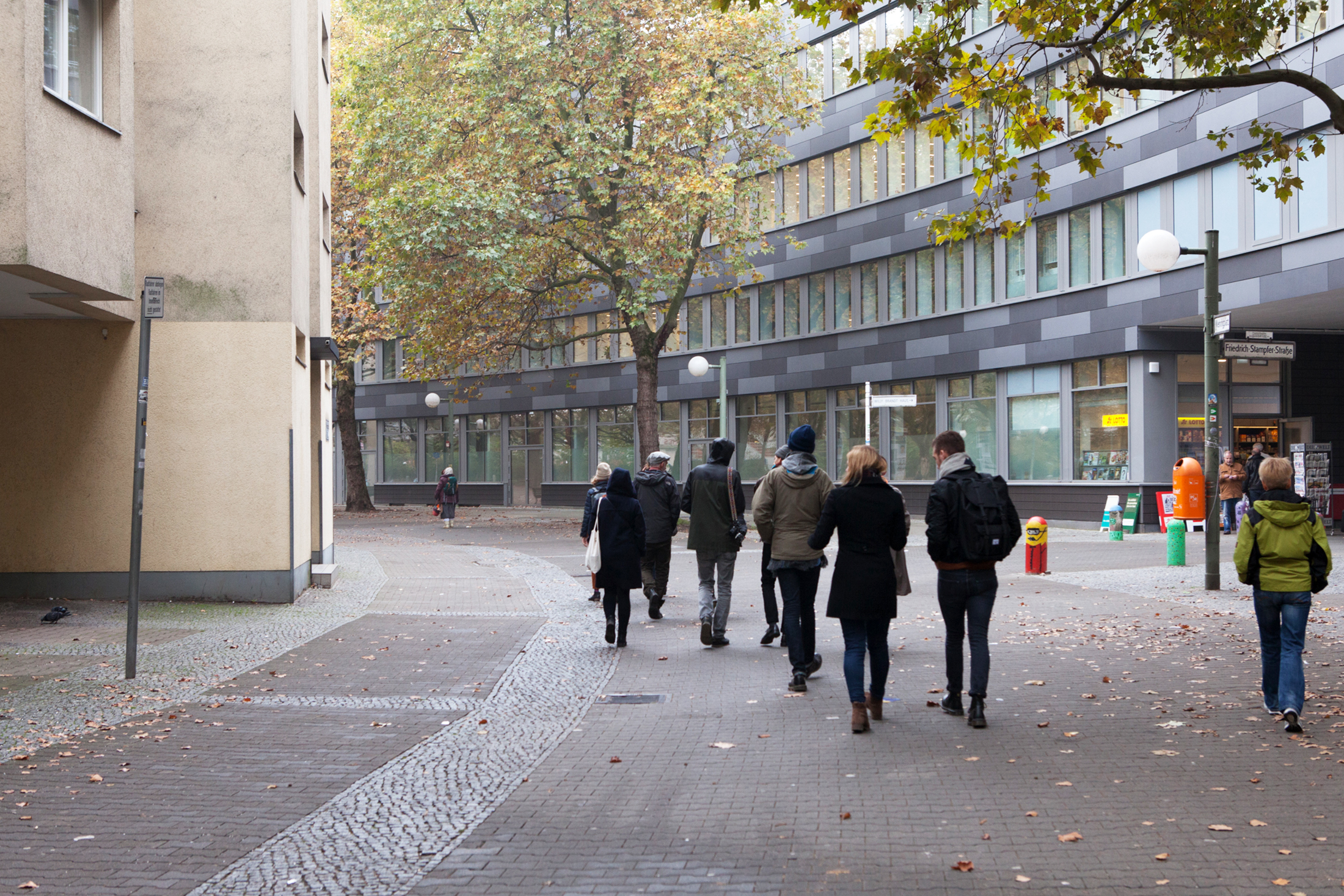
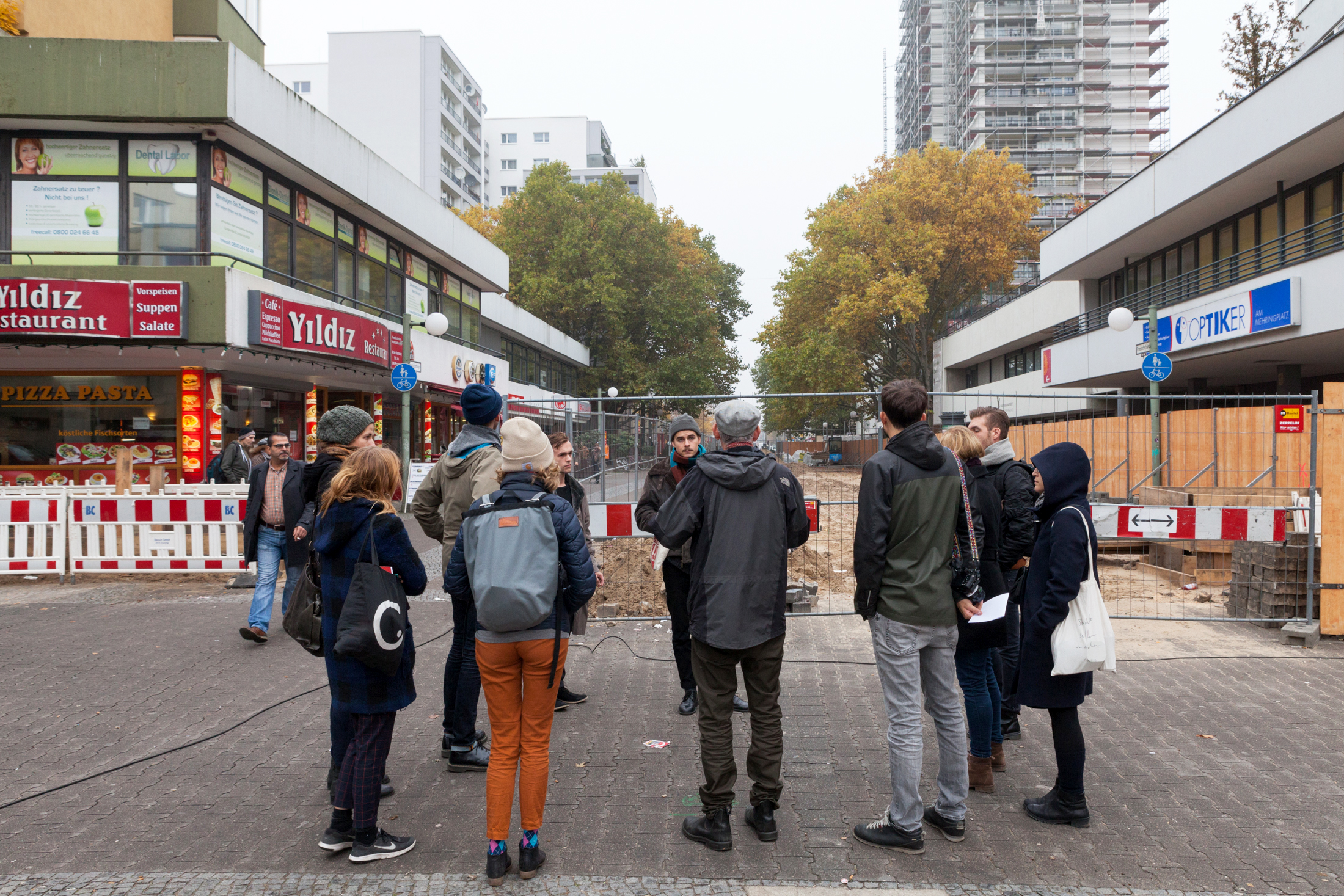
Back at Supermarkt, first we tracked on a map where the participants did arrive. Some chose to remain nearby exploring the area around Mehringplatz, some adventured farther with some specific goal in mind.
Manuela profited of the market day in Mehringplatz to focus her attention on the human component. She captured in a discreet photographic reportage inhabitants and passersby, faces and representations of the people who animate the place.
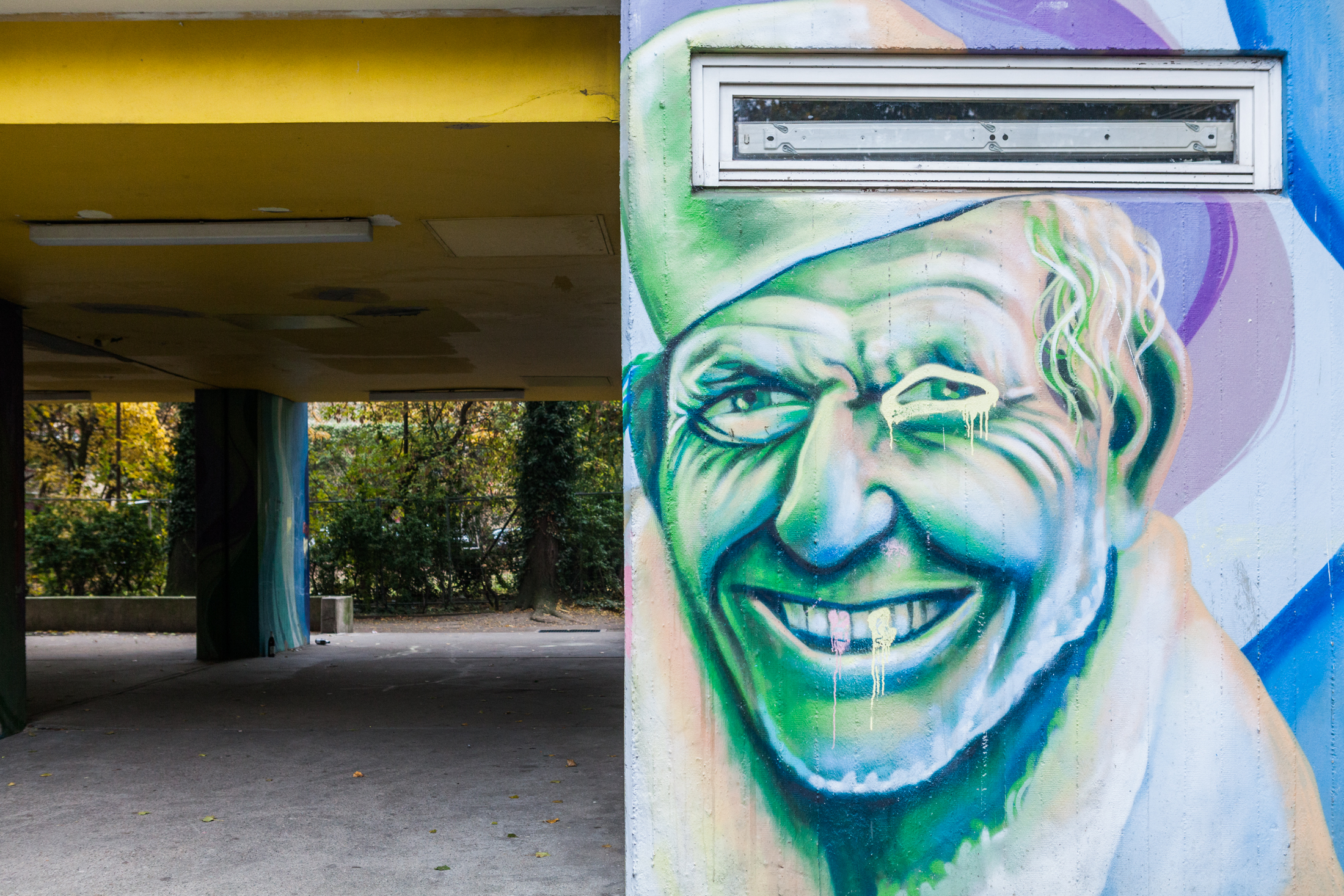
Also Hanka did stay focused on the platz. She used the cultural perspective to investigate the local identity in terms of openess and closure, inside vs. outside. She observes that cultural production seems to be mainly an external influence, a pressure from the outside almost imposed to the local population. But, she asks, how far does it reach into the inner circle?
Hanka touches a fundamental conundrum in the urban regeneration process. Can creativity result in a form of normative, paternalistic, colonial force, a vehicle of gentrification and dispossession rather than an emancipatory means of empowerment?
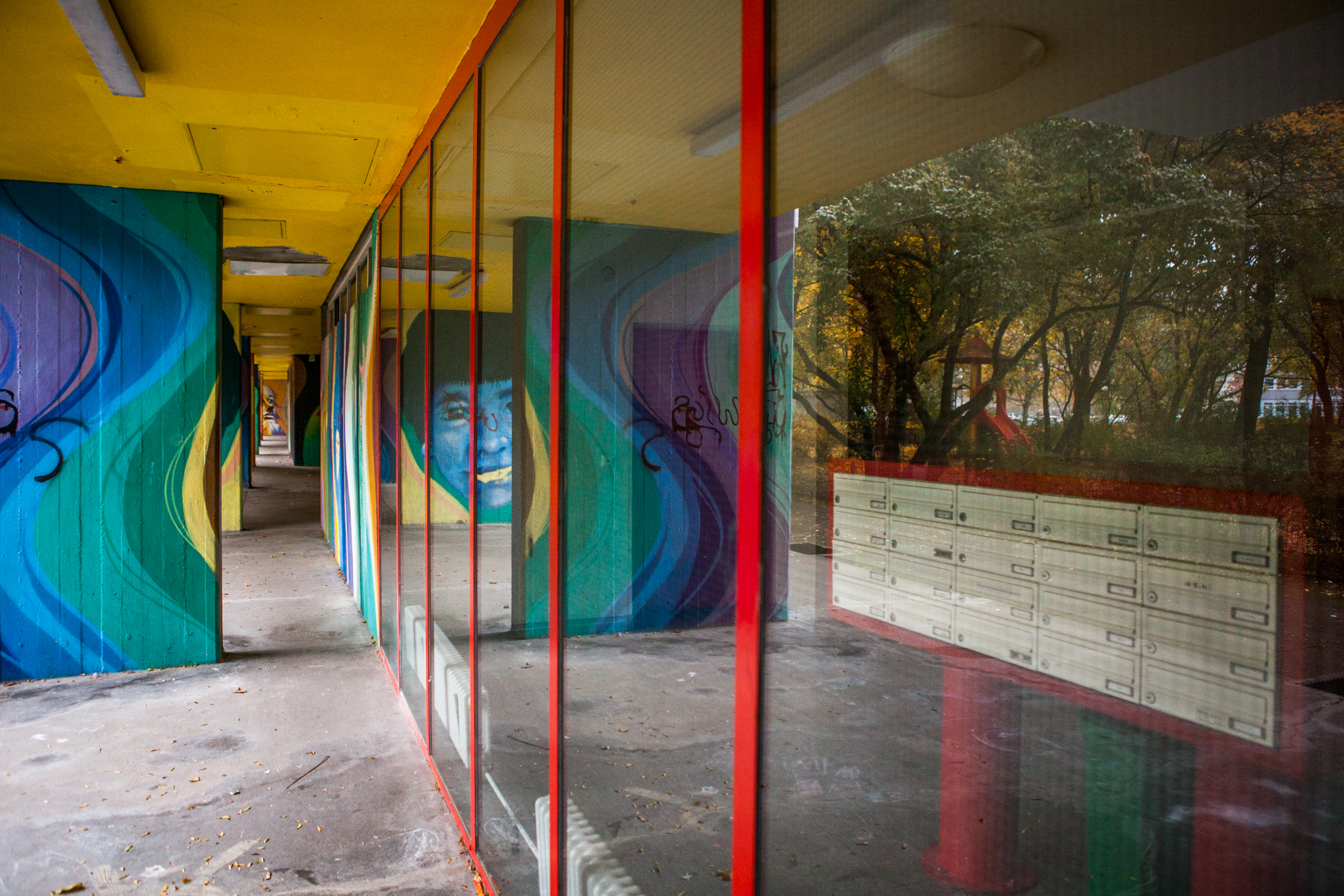
Daniele investigated memory, questioning if memory can be seen as a commons. He notes that memory can also easily be misinterpreted, exploited, commodified. He starts from the consideration that historical heritage in Berlin is somehow amplified by its physical absence, by the void left by removal and destruction. In a way, such observation can apply as well to the primary object of our search: the Commons appear here more like a potential space, a tension into the possible than an actual reality...
Interestingly, the main finding of the exploration performed during this first laboratory is the negligible relevance of urban commons in the territory under scrutiny. Differently from other areas of Berlin where conditions of uncertainty and indetermination have left room for spontaneous organization and social appropriation, the Südliche Friedrichstadt appears to be a territory firmly designed and controlled. Strong public and private stakeholders steer multiple governance processes, and the area is interested by numerous public programs which paradoxically reduced the self organization capacity and resulted in a fragmentation and relative passivity of local civil society.
Text by Lorenzo Tripodi Photos Manuela Conti